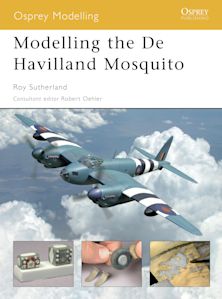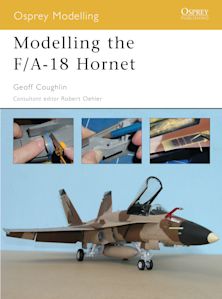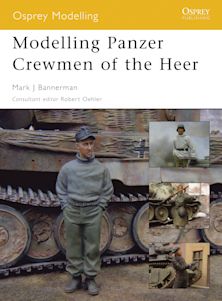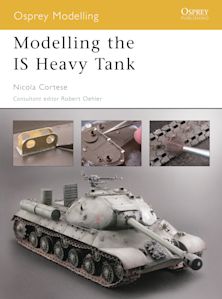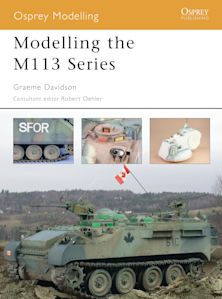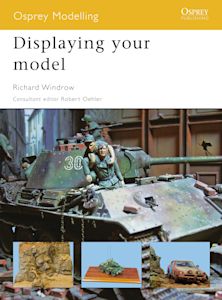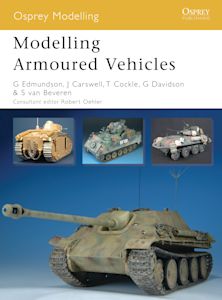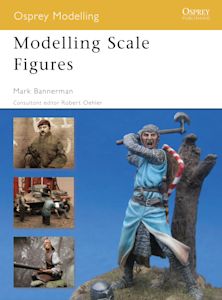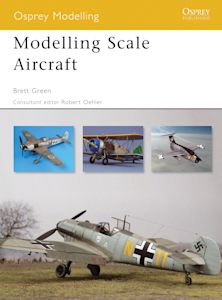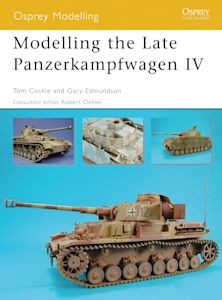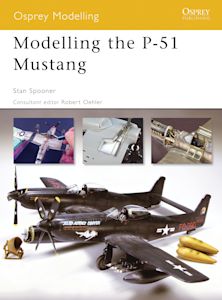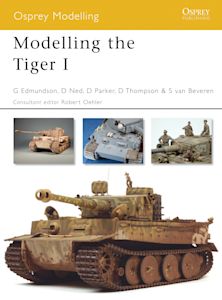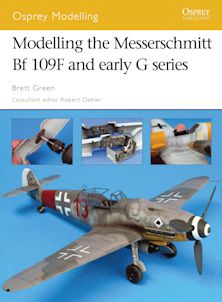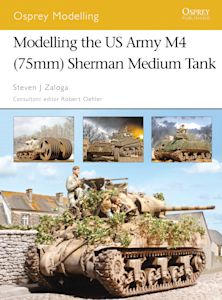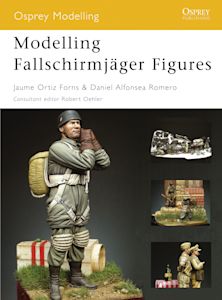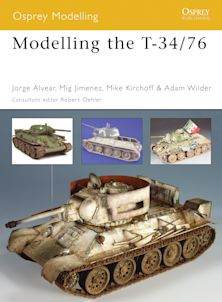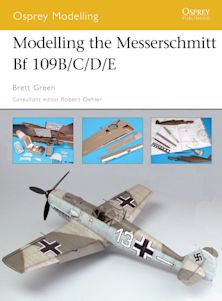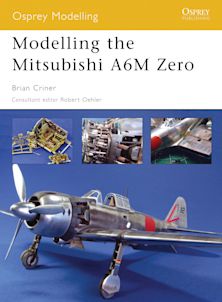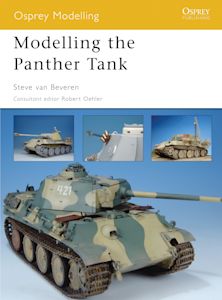Modelling the Sturmgeschütz III
Description
The concept of the Sturmgeschutz III started well before the war when the German army announced the need for a self-propelled 75mm gun to be used for infantry support. By 1938, several '0-Serie' prototype vehicles were produced on earlier style Panzer IIIB chassis by Daimler-Benz. The manufacture of the first 30 production vehicles (StuG III Ausf. A) that went into combat in the invasion of France were made at the Alkett factory in Berlin. As the war progressed, the StuG III was continuously improved with variants A through E, and then given a longer, more powerful gun starting with the Ausf. F. The role of the AFV became more diverse, and duties as a tank hunter increased. Some StuG III were allotted to Panzer companies to supplement their losses. Significant changes to the hull were made with the introduction of the Ausf. G, with the later variant of the G being produced right up until April of 1945. The StuG III chassis was also used to house the 10.5 cm Sturmhaubitze 42 L/28 howitzer, of which over 1,200 were produced by Alkett. With the low silhouette and strongly armoured hull, the StuG III proved to be one of the more significant weapons of the German forces of World War II.
The book details the construction of four models in 1/35 scale, and includes a gallery feature covering all variants of the StuG III. Aftermarket products are added to the basic kits to produce accurate replicas. References are extensive on this particular vehicle, and are clearly presented as each correction or enhancement to the kits is explained.
Product details
| Published | Sep 26 2006 |
|---|---|
| Format | Paperback |
| Edition | 1st |
| Extent | 80 |
| ISBN | 9781841769493 |
| Imprint | Osprey Publishing |
| Illustrations | 144 b/w; 35 col |
| Dimensions | 10 x 7 inches |
| Series | Osprey Modelling |
| Short code | MOD |
| Publisher | Bloomsbury Publishing |
Reviews

Resources
Book Vote
Tell us what titles you would like to see published by Osprey, then vote for your favourites in our monthly book vote!




